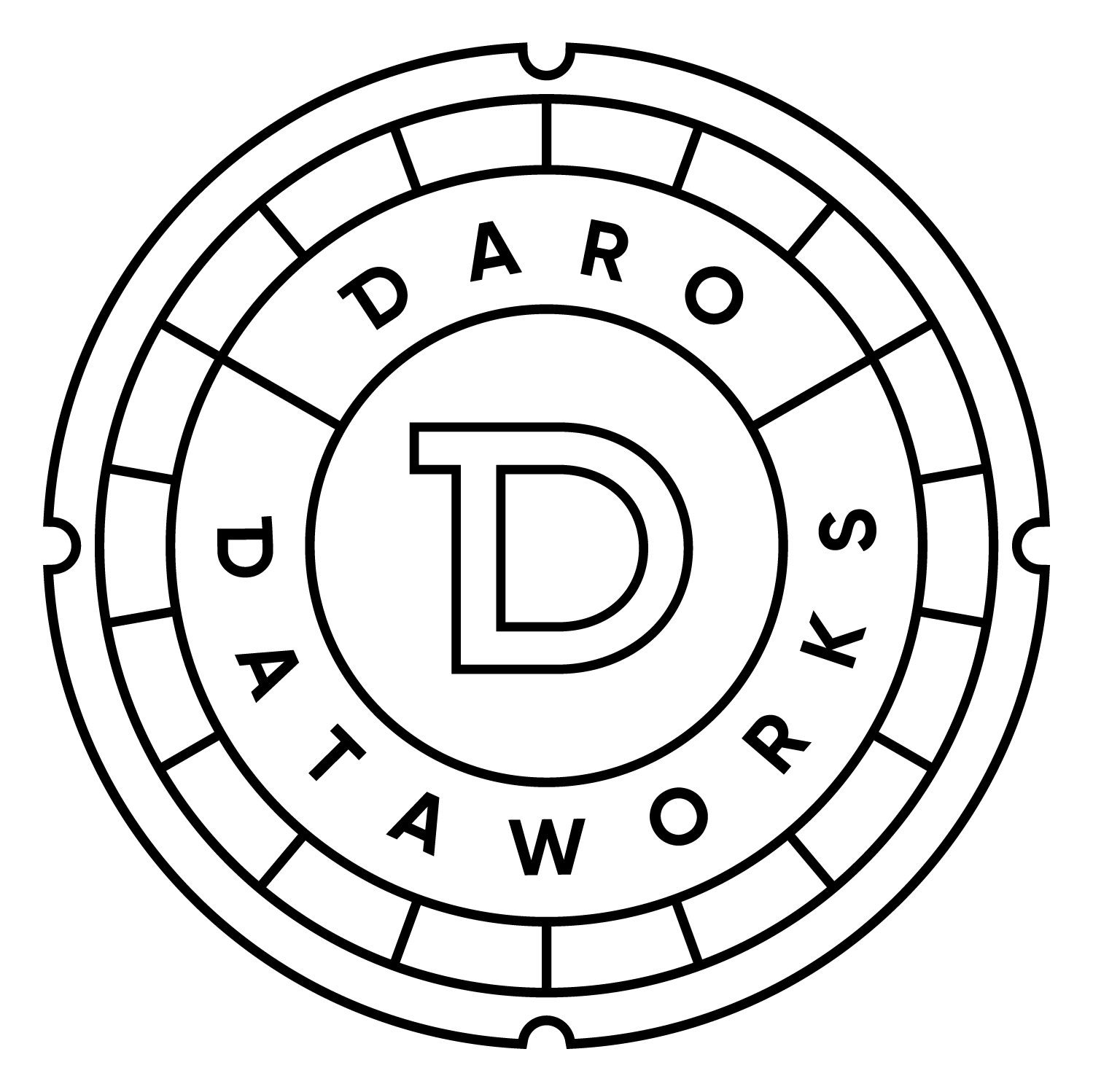Mandates: An Overlooked Mechanism for Digital Transformation
Image: Marvin Meyer, Unsplash
By Jesse Bourns, COO at Ajah
Hopefully we update our models when they no longer work, although the vagaries of human psychology mean that we can cling desperately to failed models when the world refuses to obey them. - Geoff Mulgan, Big Mind
It’s no secret that changing an institution can be a torturous and mysterious struggle. Maybe you’ve seen this at your organization: something is broken, so a new strategy or tactic is introduced to fix it but it doesn’t work. Or, maybe it does manage to change one practice - but then the organization reverts to the same broken behavior six months later, and the cycle begins again. This pattern is pretty common for organizational change, especially change related to technology and data; the need for new systems, processes, concepts, and interfaces makes these kinds of changes that much more difficult.
The potential reasons for these challenges are always the same—complexity, design by committee, inertia, good ol’ fashioned resistance to change—you’ll find at least one at every institution. But a deeper cause of failure, and perhaps the most pernicious, is mistaking a new system or change for a solution—it’s not, it’s a tactic. And a tactic might work to an extent, but mitigating a problem isn't the same as fixing it. It’s like buying a gym membership to get healthy. An exercise bike will not “solve” fitness—a membership alone will not make you exercise. Even the best-executed tech projects can still result in abandoned systems or data gaps if they don’t properly address the root problem. When this kind of failure happens (mistaking system for solution) the project slowly dies—not spectacularly, just extended again and again until it quietly disappears. That is, until years or months later when someone else is frustrated and a new project is proposed to solve essentially the same problem.
There is one tactic most organizations forget about when changing their practices, processes, or systems: creating new roles or mandates. Mandates are part of a systems approach to reimagine the machinery of an organization that will result in sustained change. Focusing first on roles and mandates means acknowledging the uncertainty inherent in this work—we don’t know what will work, so we need someone to be responsible and accountable for determining how to address it. Unlike jumping to a new system, where we are gambling that this one “thing” will be the silver bullet.
Even more importantly, creating roles or mandates is a way of sustaining effort and focus on complicated organizational challenges (like data and evidence). Creating a role with a clear mandate from above to focus on a specific area or issue means that someone will always be investing their energy to address the problem—and they’ll have clarity from leadership to make the necessary changes. Going back to the gym analogy, it’s like hiring a trainer. Having someone there to force you to exercise will always work better than a gym membership because you’ve empowered someone to make changes and be responsible for the outcome.
But wait Jesse—more structure sounds like an authoritarian nightmare! Well, it isn’t. Structure creates clarity and empowerment, by making clear who needs to focus on the problem. One of the things I often see is a disconnect between an organization’s intention to change and the specific actions it takes to make that change. Trying to transform your organization's approach to data and technology without that clarity on responsibility is a lot like waking up in the middle of the night and declaring “I’m going to start being healthy and exercise more!” then promptly going back to sleep. The desire to change alone won’t create the conditions for that change.
Bottom line: creating new mandates is an overlooked mechanism for digital transformation. The basic infrastructure of your organization is the human structure that both dictates and reflects the priorities of your organization. A piece of software won’t change that, the structures themselves need to change. Aligning mandates is the way to start doing that.

